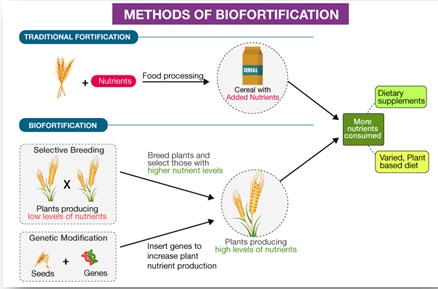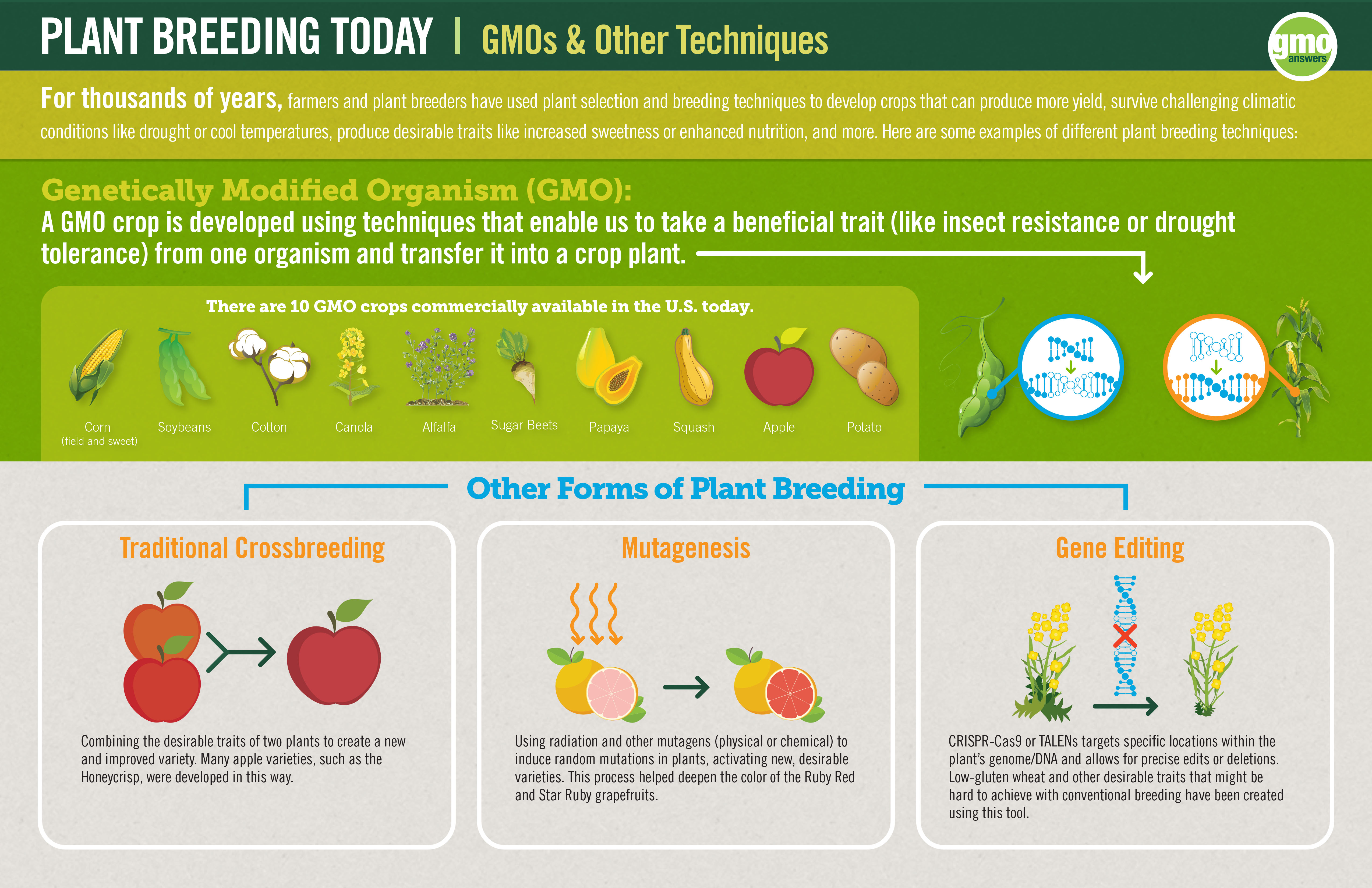Bio Fortification In Micro Greens Presentation
| Introduction to Biofortification in Microgreens | ||
|---|---|---|
| Biofortification is the process of enhancing the nutritional value of crops. Microgreens are young vegetable greens that are harvested just after the cotyledon leaves have developed. Biofortification in microgreens involves increasing the nutrient content, such as vitamins and minerals, to promote healthier diets. | ||
| 1 | ||
| Benefits of Biofortification in Microgreens | ||
|---|---|---|
| Enhanced nutritional profile: Biofortified microgreens offer higher levels of essential nutrients compared to regular varieties. Improved health outcomes: Consumption of biofortified microgreens can help address nutrient deficiencies and improve overall health. Sustainable solution: Biofortification is a cost-effective and environmentally friendly approach to combat malnutrition. | ||
| 2 | ||
| Important Nutrients in Biofortified Microgreens | ||
|---|---|---|
| Vitamin C: Biofortified microgreens can contain significantly higher levels of vitamin C, boosting immune function and collagen synthesis. Iron: Iron-fortified microgreens can help prevent iron deficiency anemia, a common nutritional disorder. Calcium: Biofortification can increase the calcium content in microgreens, supporting bone health and muscle function. | ||
| 3 | ||
| Biofortification Techniques for Microgreens | ||
|---|---|---|
| Traditional breeding: Conventional breeding techniques can be used to develop microgreen varieties with enhanced nutrient content. Genetic engineering: Genetic modification can introduce specific genes to increase the levels of targeted nutrients in microgreens. Agronomic practices: Optimizing growing conditions, such as nutrient-rich soil or controlled environments, can enhance the nutrient content of microgreens. | ||
| 4 | ||
| Challenges of Biofortification in Microgreens | ||
|---|---|---|
| Regulatory approval: Genetic engineering techniques used for biofortification may require extensive regulatory approval. Maintaining taste and texture: Increasing nutrient content should not compromise the taste, texture, or visual appeal of microgreens. Consumer acceptance: Educating consumers about the benefits and safety of biofortified microgreens is crucial for acceptance and adoption. | ||
| 5 | ||
| Examples of Biofortified Microgreens | ||
|---|---|---|
| Iron-rich microgreens: Examples include iron-fortified varieties of spinach, amaranth, and kale. Vitamin A-enhanced microgreens: Carrot, sweet potato, and beet varieties can be biofortified to increase their vitamin A content. Omega-3 fatty acid-enriched microgreens: Chia, flax, and hemp microgreens can be biofortified to provide higher levels of omega-3 fatty acids. | ||
| 6 | ||
| Biofortification and Sustainable Agriculture | ||
|---|---|---|
| Reduced reliance on supplements: Biofortification offers a natural and sustainable way to increase nutrient intake without relying on artificial supplements. Improved food security: Biofortified microgreens can help address nutrient deficiencies in regions where access to diverse diets is limited. Climate resilience: Biofortified microgreens can be developed to withstand environmental stresses, contributing to resilient agriculture. | ||
| 7 | ||
| Potential Applications of Biofortified Microgreens | ||
|---|---|---|
| Nutrient-dense salads: Biofortified microgreens can be used as nutritious toppings or main ingredients in salads. Smoothies and juices: Blending biofortified microgreens into smoothies or juices can provide a concentrated source of essential nutrients. Culinary enhancements: Biofortified microgreens can add flavor and nutritional value to various dishes, including soups, sandwiches, and wraps. | ||
| 8 | ||
| Future Directions in Biofortification of Microgreens | ||
|---|---|---|
| Targeted nutrient enhancement: Continued research and development can focus on biofortifying microgreens with specific nutrients based on regional needs. Consumer awareness campaigns: Education and awareness initiatives can help promote the benefits of biofortified microgreens and increase consumer acceptance. Collaboration and partnerships: Collaborations between researchers, farmers, and policymakers can accelerate the adoption of biofortified microgreens. |  | |
| 9 | ||
| References (download PPTX file for details) | ||
|---|---|---|
| Reference 1: Author's Last Name, First Initia... Reference 2: Author's Last Name, First Initia... Reference 3: Author's Last Name, First Initia... |  | |
| 10 | ||





